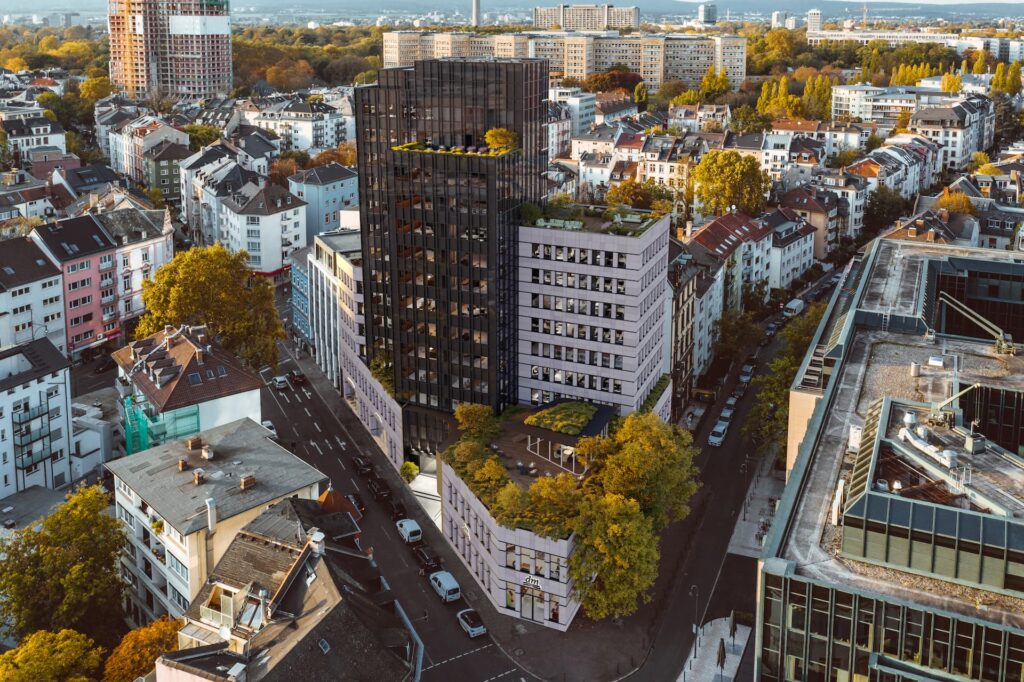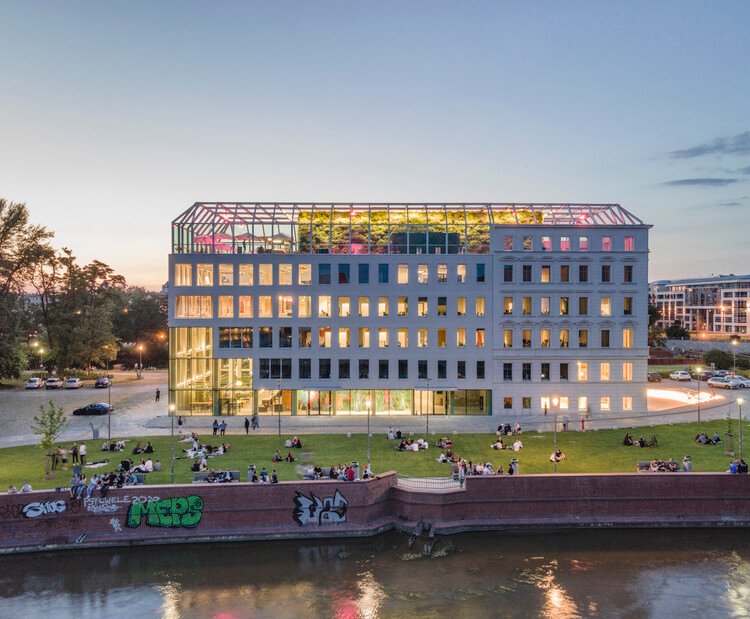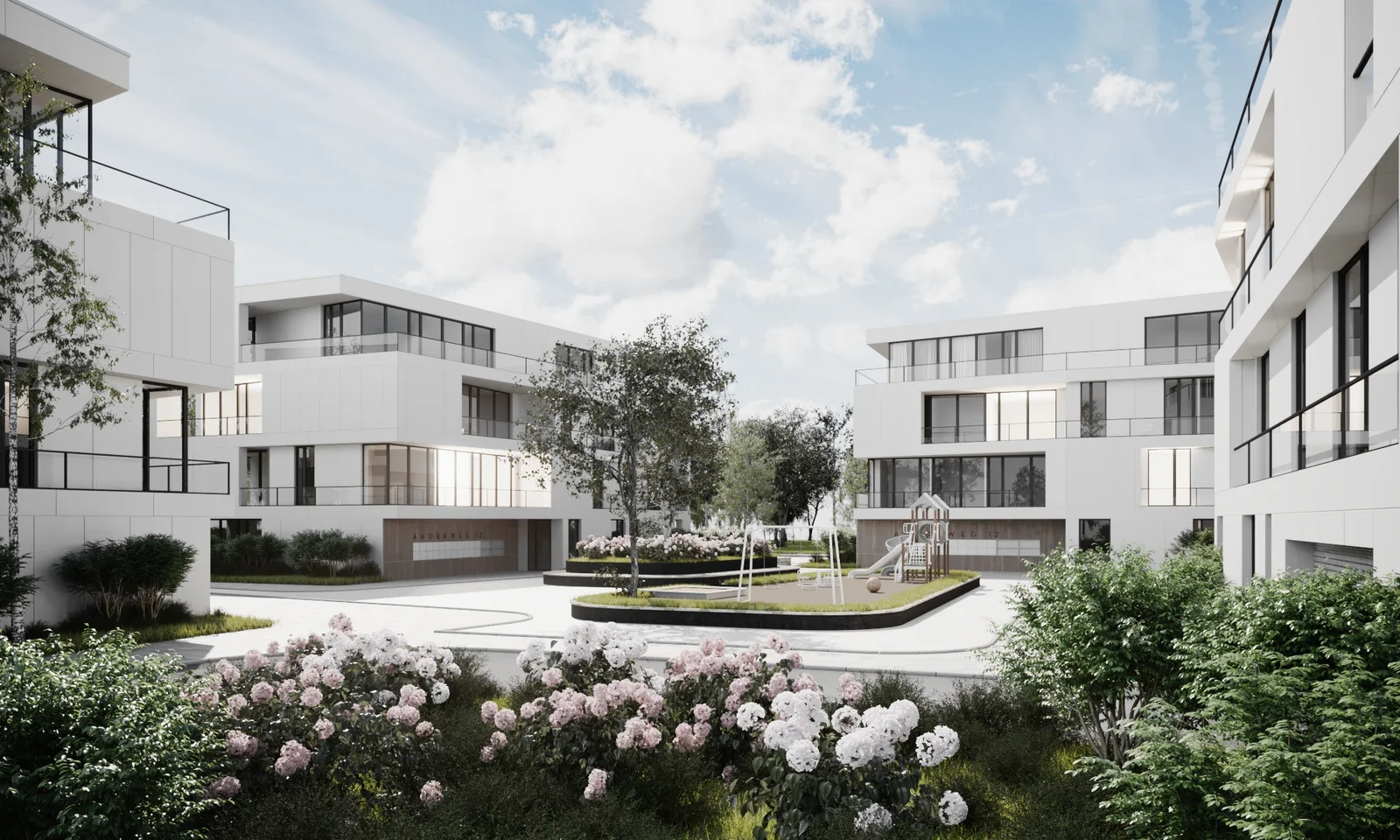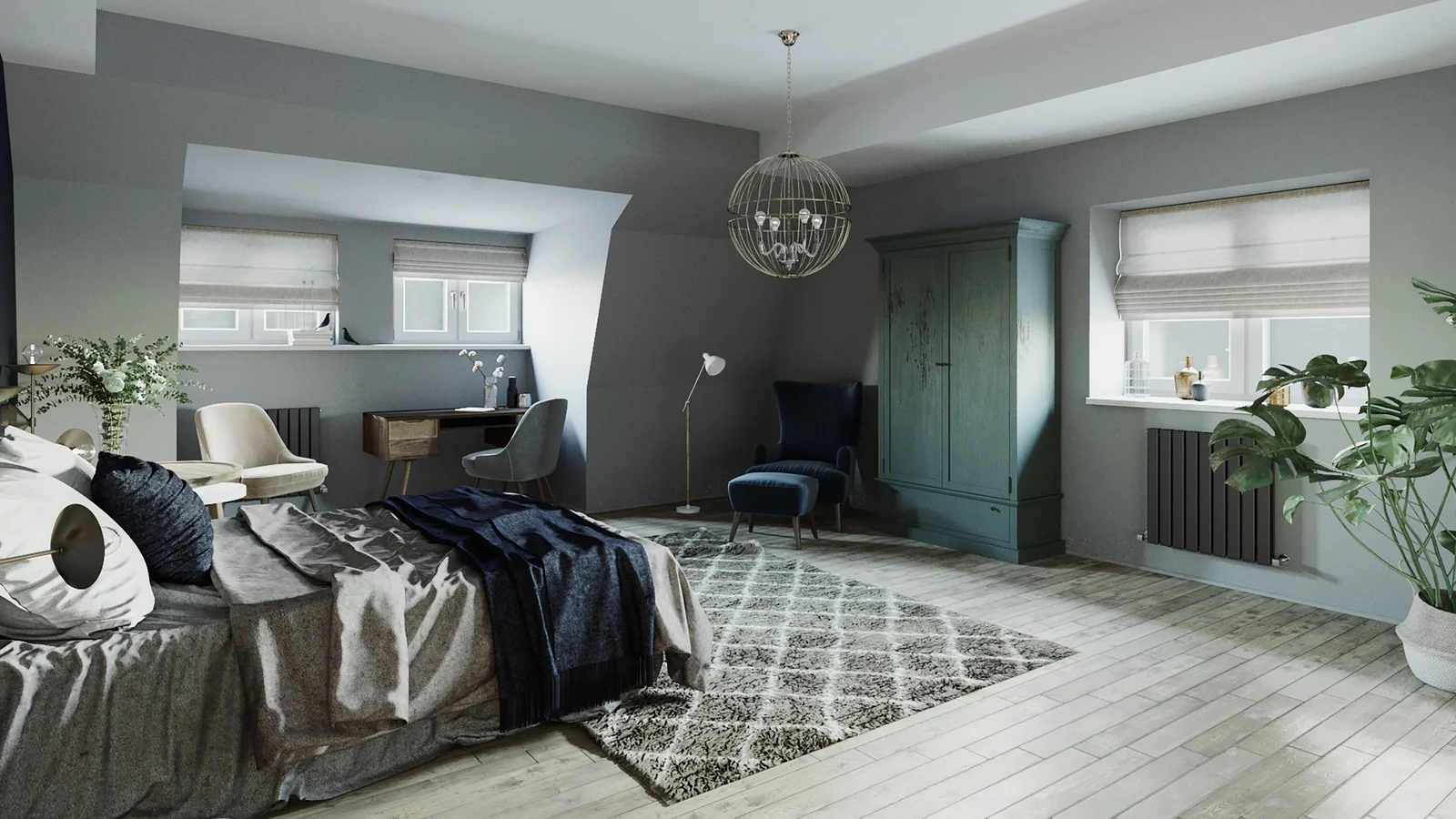Augmented Reality for On-Site Design Modifications
As technology continually evolves, various industries are taking advantage of the advancements to make their operations more efficient. One such technology that is revolutionizing how industries operate is Augmented Reality (AR). This blog post explores how Augmented Reality is making on-site design modifications much easier and effective in various sectors.
The Rise of Augmented Reality
Augmented reality is a technology that overlays digital information—including images, sounds, and text—onto the real world, enhancing the user’s perception and interaction with their surroundings. Unlike virtual reality, which creates a completely artificial environment, AR uses the existing environment and adds to it with digital information.
Why Augmented Reality?
AR has the unique ability to bridge the gap between the digital and physical worlds, providing a blend of physical and digital interactions that are intuitive and engaging. This blend enables users to interact with digital content in the same way they would with physical objects, making AR a natural fit for design and other creative pursuits.
Implementing AR for On-Site Design Modifications
Understanding AR in Design
Architects, designers, and builders often have to deal with on-site design modifications. These changes can be time-consuming and expensive, especially if they occur late in the construction process. However, with AR, professionals can visualize these modifications in the actual physical space before implementing them. This not only saves time and money but also allows for greater accuracy and precision in the design process.
## H2: Harnessing the Power of Augmented Reality for On-Site Design Modifications
Augmented Reality (AR) is a ground-breaking technology that has transformed the way we perceive and interact with the world. In the realm of design and construction, it has opened up new possibilities for on-site design modifications, enabling designers, architects, and engineers to visualize changes in real-time and with unprecedented accuracy.
How Augmented Reality Enhances Design Modification
AR uses digital technology to overlay information in video, text, or image format onto physical objects. For on-site design modifications, this means that designers can superimpose virtual models onto the actual construction site, making any necessary adjustments to the design and immediately visualizing the outcome.
This real-time visualization not only streamlines the design process, but also improves collaboration among teams. Stakeholders can view the proposed modifications from different angles and suggest adjustments. This collaborative approach can significantly reduce the need for costly and time-consuming reworks.
AR also fosters better communication with clients. Instead of interpreting complex blueprints or CAD drawings, clients can walk through the virtual design, gaining a clear understanding of the proposed changes and their impact on the overall design.
Implementing Augmented Reality for On-Site Design Modifications
Adopting AR for on-site design modifications begins with the development of a virtual model of the design, usually through 3D modeling software. The model is then integrated into an AR platform that can be accessed via AR glasses, smartphones, or tablets.
On-site, the AR device overlays the virtual model onto the real-world view of the construction site. Users can then manipulate the model, making necessary design modifications and immediately seeing the results. This can include anything from moving walls and changing materials to adjusting the layout of the entire site.
The implementation of AR also requires some investment in hardware, software, and training. However, the return on investment can be significant, as AR can help to reduce design errors, improve client satisfaction, and speed up the design process.
Case Studies of Augmented Reality for On-Site Design Modifications
Several companies have already started to explore the potential of AR for on-site design modifications. For instance, construction giant Skanska has used AR to overlay 3D models onto construction sites, allowing for real-time design adjustments and improved collaboration.
In another example, architecture firm Gensler has used AR to create interactive design models, enabling clients and designers to walk through proposed designs and make modifications on the spot.
These case studies highlight the transformative potential of AR in the world of design and construction. By enabling real-time, on-site design modifications, AR is set to revolutionize the way we design and build our physical world.## H2: Harnessing the Power of Augmented Reality for On-Site Design Modifications
Augmented Reality (AR) is a ground-breaking technology that has transformed the way we perceive and interact with the world. In the realm of design and construction, it has opened up new possibilities for on-site design modifications, enabling designers, architects, and engineers to visualize changes in real-time and with unprecedented accuracy.
How Augmented Reality Enhances Design Modification
AR uses digital technology to overlay information in video, text, or image format onto physical objects. For on-site design modifications, this means that designers can superimpose virtual models onto the actual construction site, making any necessary adjustments to the design and immediately visualizing the outcome.
This real-time visualization not only streamlines the design process, but also improves collaboration among teams. Stakeholders can view the proposed modifications from different angles and suggest adjustments. This collaborative approach can significantly reduce the need for costly and time-consuming reworks.
AR also fosters better communication with clients. Instead of interpreting complex blueprints or CAD drawings, clients can walk through the virtual design, gaining a clear understanding of the proposed changes and their impact on the overall design.
Implementing Augmented Reality for On-Site Design Modifications
Adopting AR for on-site design modifications begins with the development of a virtual model of the design, usually through 3D modeling software. The model is then integrated into an AR platform that can be accessed via AR glasses, smartphones, or tablets.
On-site, the AR device overlays the virtual model onto the real-world view of the construction site. Users can then manipulate the model, making necessary design modifications and immediately seeing the results. This can include anything from moving walls and changing materials to adjusting the layout of the entire site.
The implementation of AR also requires some investment in hardware, software, and training. However, the return on investment can be significant, as AR can help to reduce design errors, improve client satisfaction, and speed up the design process.
Case Studies of Augmented Reality for On-Site Design Modifications
Several companies have already started to explore the potential of AR for on-site design modifications. For instance, construction giant Skanska has used AR to overlay 3D models onto construction sites, allowing for real-time design adjustments and improved collaboration.
In another example, architecture firm Gensler has used AR to create interactive design models, enabling clients and designers to walk through proposed designs and make modifications on the spot.
These case studies highlight the transformative potential of AR in the world of design and construction. By enabling real-time, on-site design modifications, AR is set to revolutionize the way we design and build our physical world.







